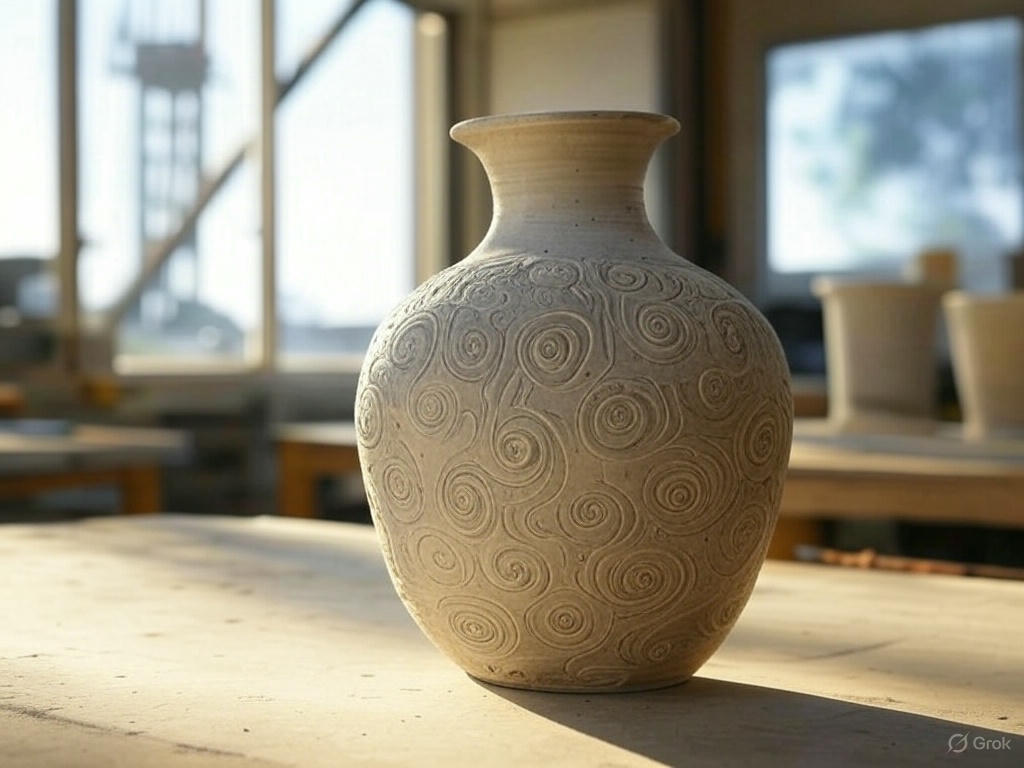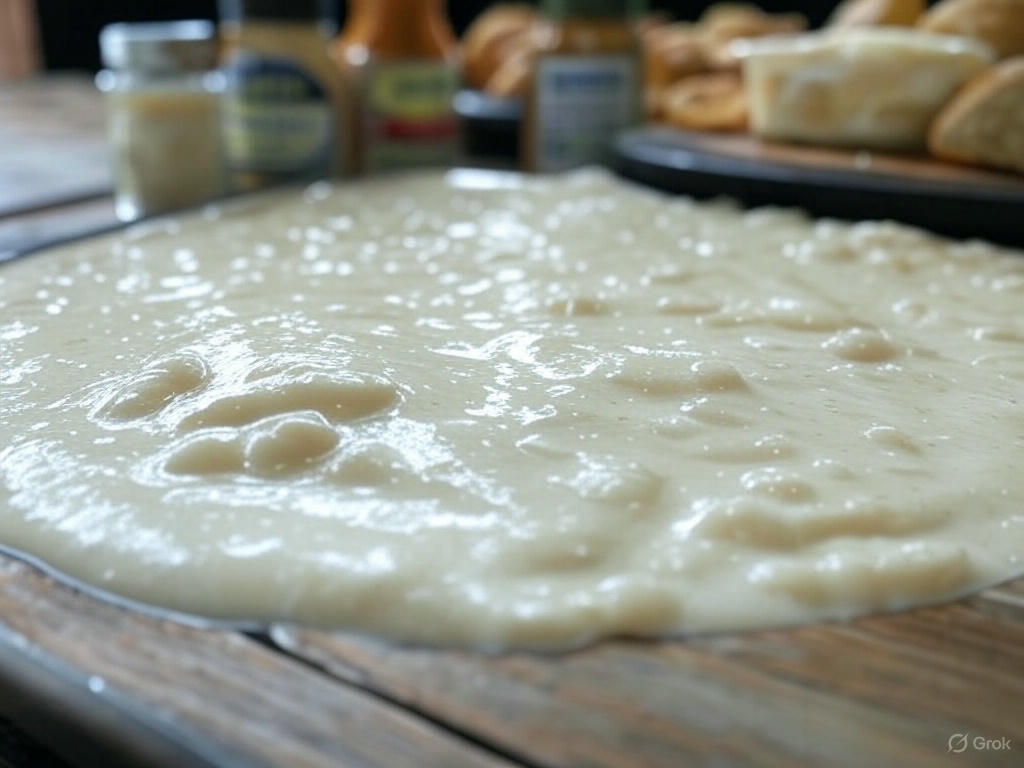Hydroxyethyl Cellulose (HEC) is indeed utilized in the ceramics industry, and its applications are rooted in its properties as a water-soluble, non-ionic polymer derived from cellulose through chemical modification. In ceramics, HEC serves multiple practical functions depending on the stage of production and the specific formulation being used. It is most commonly employed as a rheology modifier, binder, or thickening agent in ceramic glazes, slips, and occasionally clay bodies, enhancing the material’s performance during processing and application.
In ceramic glazes, HEC is valued for its ability to increase viscosity and stabilize suspensions. Glazes are typically composed of fine particles like silica, fluxes, and colorants suspended in water. Without a thickening agent, these particles can settle quickly, leading to uneven application or defects in the fired product. By adding HEC, potters and manufacturers can achieve a more uniform consistency, ensuring that the glaze remains well-dispersed and applies smoothly to the ceramic surface—whether by brushing, dipping, or spraying. This controlled viscosity also helps prevent dripping or running during application, which is critical for achieving precise and aesthetically pleasing results.
Similarly, in ceramic slips—liquid clay mixtures used for casting or coating—HEC acts as a binder and stabilizer. It improves the slip’s flow properties, making it easier to pour into molds while maintaining enough thickness to adhere properly to surfaces. This is particularly useful in slip casting, where the slip needs to form a consistent layer inside a mold before excess liquid is poured off. HEC’s binding properties also provide green strength (the strength of the unfired ceramic), helping the piece hold its shape before it enters the kiln.
In some cases, HEC is incorporated directly into clay bodies, though this is less common. Here, it can enhance plasticity and workability, making the clay easier to shape or extrude. Its water-retention properties also help prevent the clay from drying out too quickly during forming, giving artisans more time to work with the material.
One of the key advantages of HEC in ceramics is that it is an organic compound that burns off completely during the firing process, typically at temperatures above 500°C (932°F). This ensures that it leaves no ash or unwanted residues that could alter the final composition or appearance of the ceramic piece. The burnout is clean and predictable, which is essential for maintaining the integrity of the fired product, whether it’s a functional pot, decorative tile, or industrial component.
The use of HEC in ceramics is well-documented and aligns with its broader applications in industries like paints, cosmetics, and construction, where its thickening and stabilizing properties are similarly prized. While not as ubiquitous in ceramics as traditional binders like gum arabic or carboxymethyl cellulose (CMC)—another cellulose derivative—HEC offers distinct advantages in specific formulations, particularly where water solubility and adjustable viscosity are needed. Its adoption depends on the preferences of the ceramicist or the requirements of the production process, but it remains a true and effective tool in the field.



